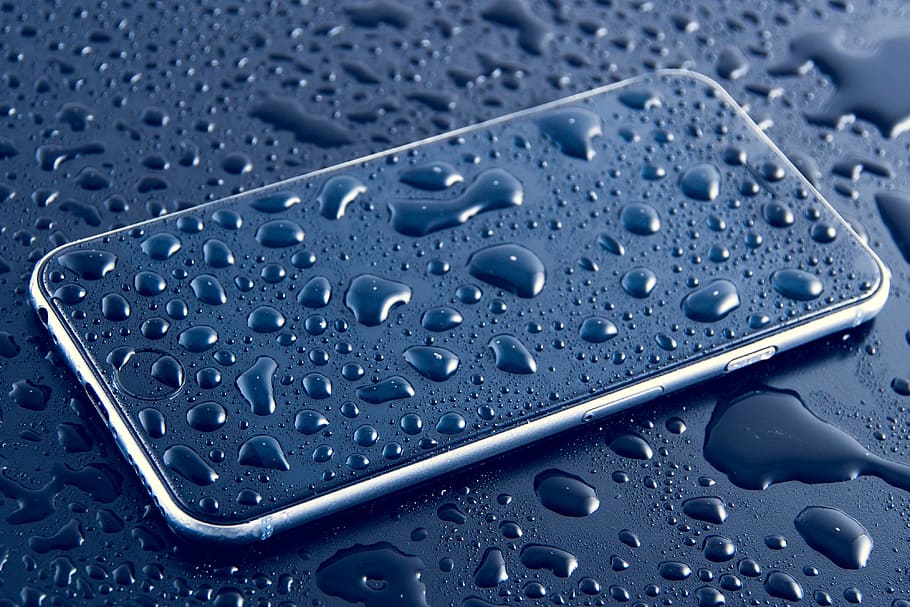We started this blog series on cell phone waterproofing with a brief overview of the technology, both its advantages and limitations. New phone models have advanced quite a bit in waterproofing and related capabilities over the past few years. However, there are still limitations on this front and important behaviors phone owners should adopt to keep their devices safe.
Staying away from water
Water damage can be prevented in the simplest way: by avoiding water. The simple act of leaving your phone somewhere else when engaging in any water-related activity, be it taking a swim in the pool or using the toilet, can go a long way to protecting you.
If you need your phone to hear sounds while performing a task such as swimming or bathing, how would that work? You can instead use a Bluetooth speaker that’s fully waterproof that you can connect from a distance with your phone, rather than risking the phone itself. Furthermore, the water damage risk will be completely eliminated.
Cases
Several popular options are available here, especially for people who use older phones without the appropriate waterproofing technology: Waterproof phone cases, which can be useful in many situations. Up to a certain extent, these prevent water damage when the phone is submerged, enabling you to use your phone even if it drops in the toilet (or a pool).
We urge caution, once again. Waterproof cases (or waterproof models for phones) don’t mean you can simply let your phone regularly come in contact with water – the case isn’t meant as a sense of invincibility, it’s meant as a precaution against water damage. These cases will also cease to work after enough submersion.
Pouches
Another good option here is the waterproof pouch if you do not want to keep the phone in an airtight case. You could use these at waterparks, local pools, and other places where you might need your phone occasionally but won’t have to constantly keep it close to you.


